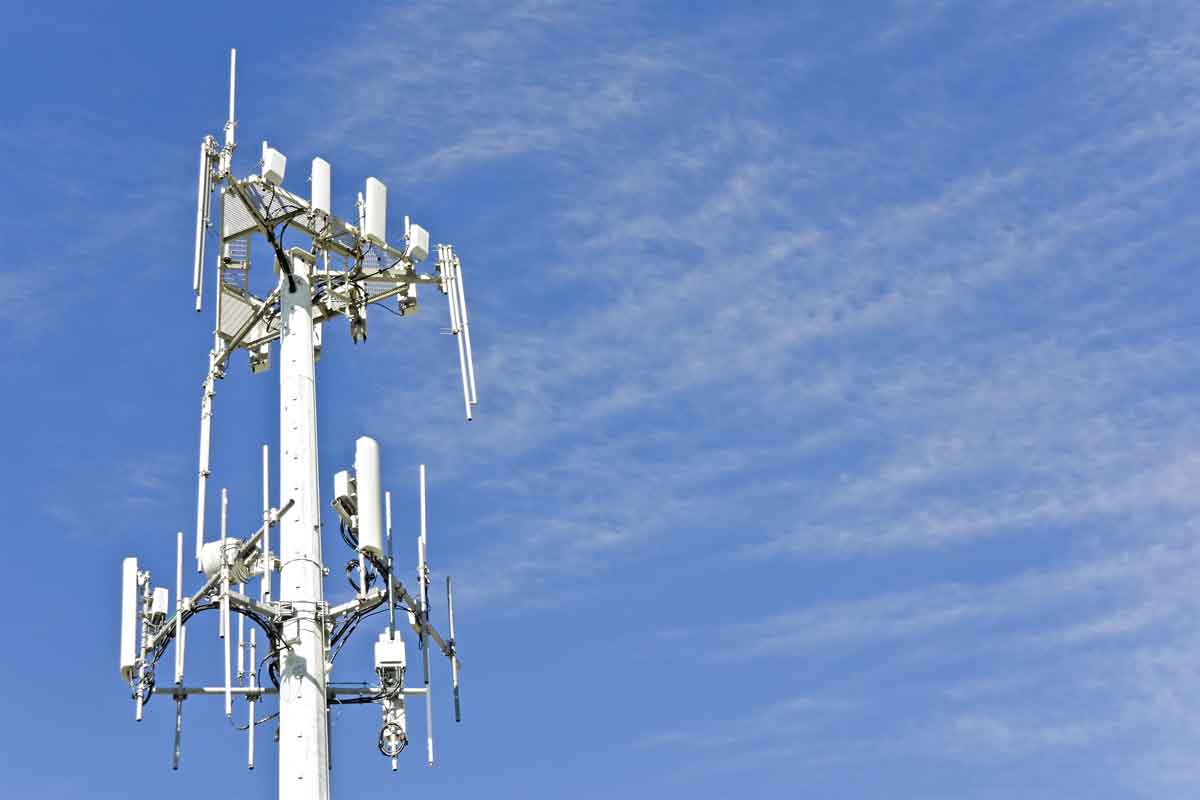If you've ever walked through a city you might have noticed tiny cell towers for 5G placed on poles for street lighting. They appear like tiny boxes, but they're actually broadcasting wireless signals from cell phone providers to your phone.
The smaller ones are being replaced by larger specially-designed cell towers. While they're not as noticeable however, they could cause problems for people.
The Federal Communications Commission's Radiation Exposure Thresholds
The FCC's Radiation Exposure Thresholds determine the maximum amount of time an individual can be exposed to electromagnetic energy from wireless devices. The exposure limits are based on scientific data which show that the energy of RF can be harmful to health.
The specific absorption rate (SAR) is an indicator of the amount of radiofrequency energy absorption by tissues. It's usually 1.6 milliwatts per kilogram spread over a kilogram of tissue.
But, since 5g operates at higher frequencies and has the potential to increase the intensity of energy on the skin and other directly-exposed body areas. This could lead to many potential harms, including exacerbated formation of skin disorders such as dermatitis and skin cancer and cataracts.
Because of the potentially negative effects of 5G radiation, PSU has chosen to establish a general, localized limits on power density, which is 4mW/cm2 measured over 1 cm2, and not exceeding 30 minutes for the entire 5G spectrum at 3000 GHz. This localized limit is consistent with the peak SAR that is spatially averaged at 1.6 W/kg, averaged over one grams of tissues at six GHz.
The FCC's Maximum Exposure Thresholds for Maximum Exposure
If you've ever used a cell phone, you probably know that a safe range from the tower is around 400 meters away. This is because the power of transmission from the cell tower is significantly increased the farther your location from the tower.
Although this may sound like a good idea but the truth is that people living in close proximity to towers could be more vulnerable to health problems. For example, a study from 2014 in India discovered that those who lived within 50m from cell towers suffered significantly more health complaints than those who lived farther away from the antennas.
But, the study revealed that those who relocated to areas further away from cell towers noticed their symptoms return to normal within a couple of days. Studies have also revealed that exposure to high frequencies of radiofrequency electromagnetic fields (EMFs) can lead to cancer, brain tumors, and other health problems.
This is because RF radiation, which is used in wireless communications, may penetrate the body's outer layer, the skin. It is crucial to know because the skin acts as a barrier to protect against injury to the body, infection from pathogenic microorganisms, as well as the entry of harmful substances. The skin is the biggest organ in the human body and is responsible for keeping the integrity of the other organs.
The FCC's Minimum Exposure Thresholds

The FCC's Minimum Exposure Thresholds rely on a variety of assumptions that aren't supported by scientific research. These include the erroneous assumption that exposures to RF radiation are safe due to minimal absorption into body (i.e., tissue heating).
This assumption does not take into account the more extensive penetration of ELF elements of modulated radio signals as well as the effects on the body of short bursts from pulsed RF waves. These theories are not compatible with current understanding of the biological effects of RF radiation. As such they should not be relied upon for health-protection exposure standards.
Additionally to safe distance to live from cell phone tower , ICNIRP and FCC restrict their maximum exposure limits to local peak SARs based on the maximum frequency of absorption (psSAR), which can be described as not a reliable dosimetric instrument to assess the amount of radiation exposure. In particular it is inconclusive when frequencies exceed 6 GHz. In addition, psSAR is not been evaluated for RF radiation exposed to other agents of the environment such like sunlight. The interactions of RF radiation with other environmental agents may cause synergistic or antagonistic results. what is a safe distance from a cell tower would result in an increased risk of negative health consequences. For instance, exposure to RF radiation along with exposure to sunlight can increase the risk of skin cancer and exacerbate other skin conditions like acne.
